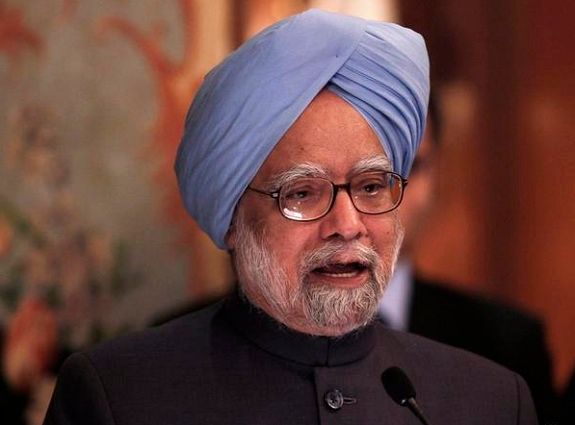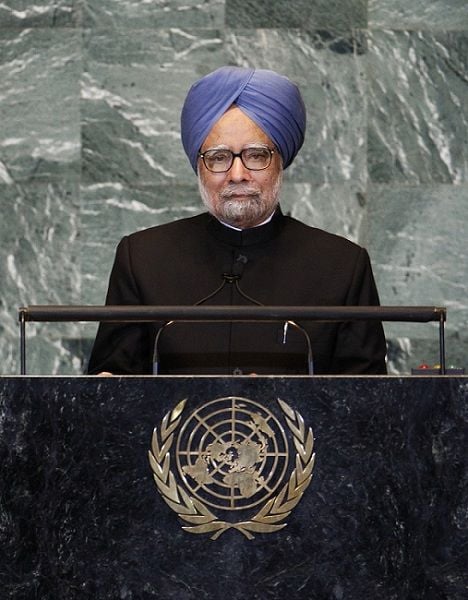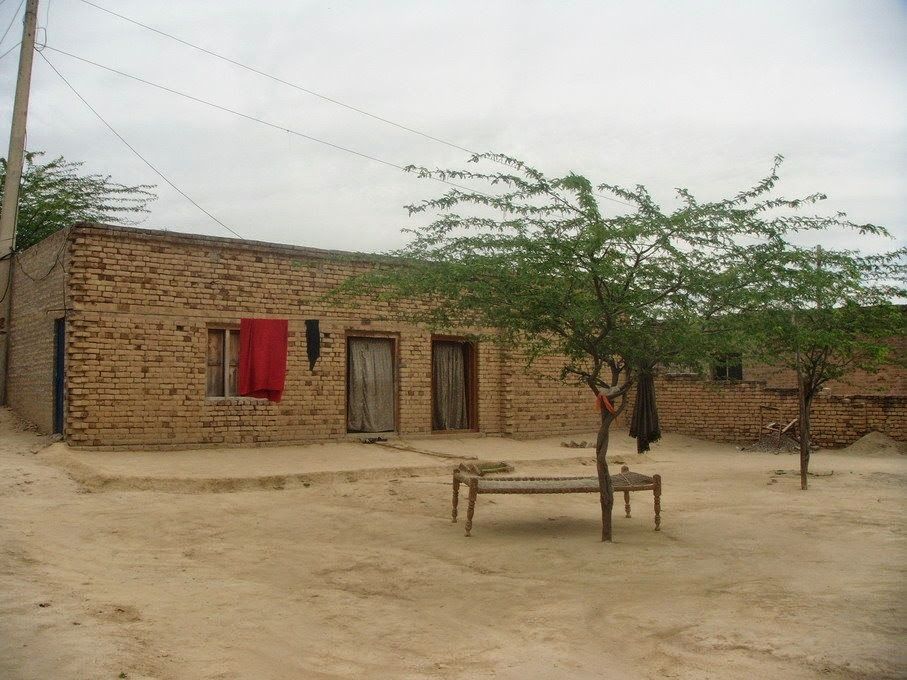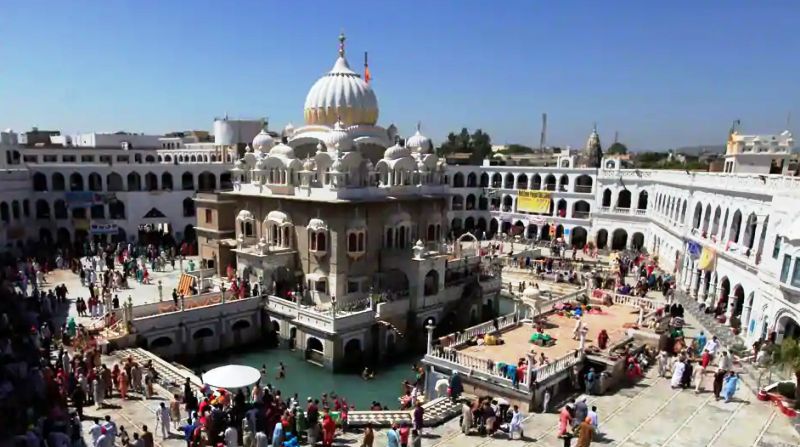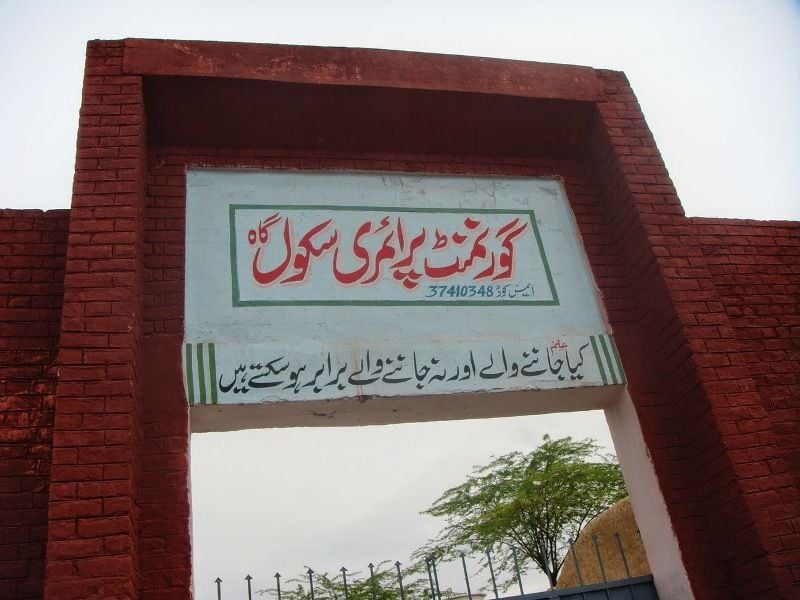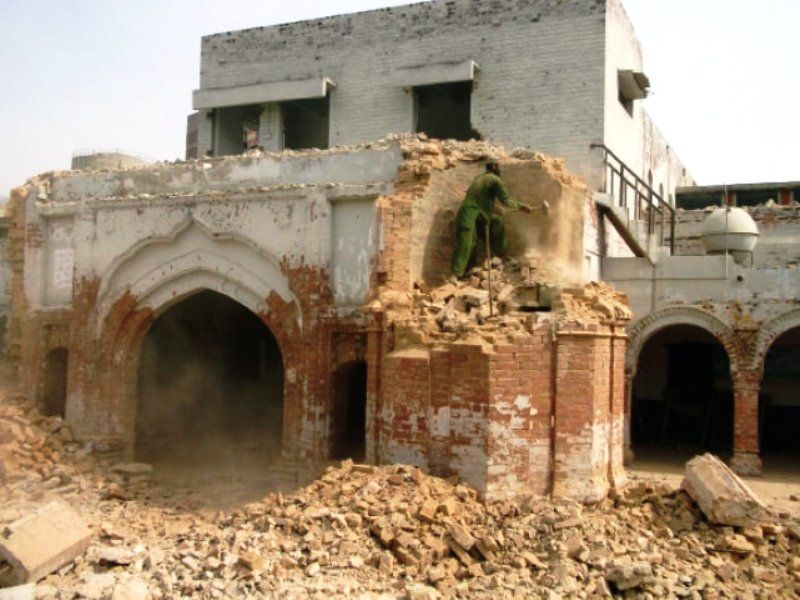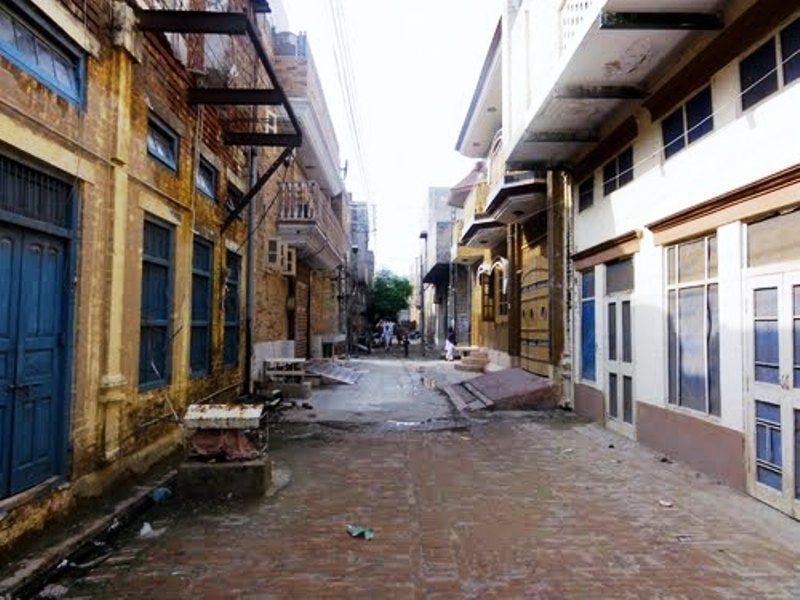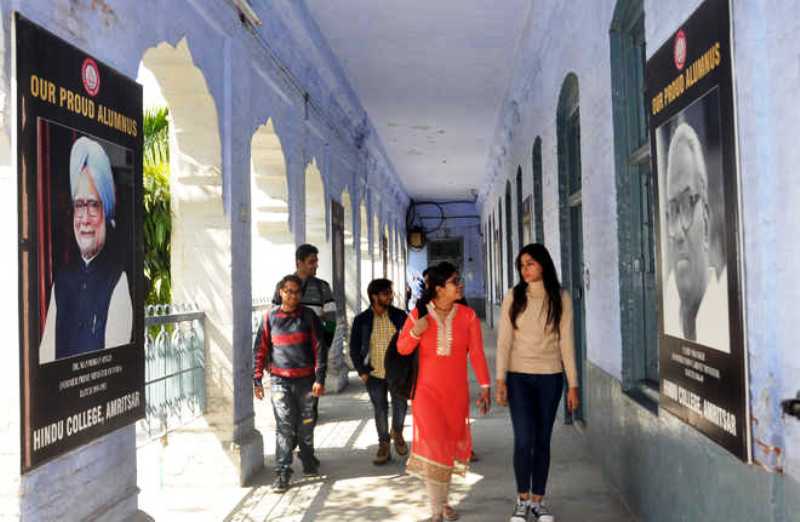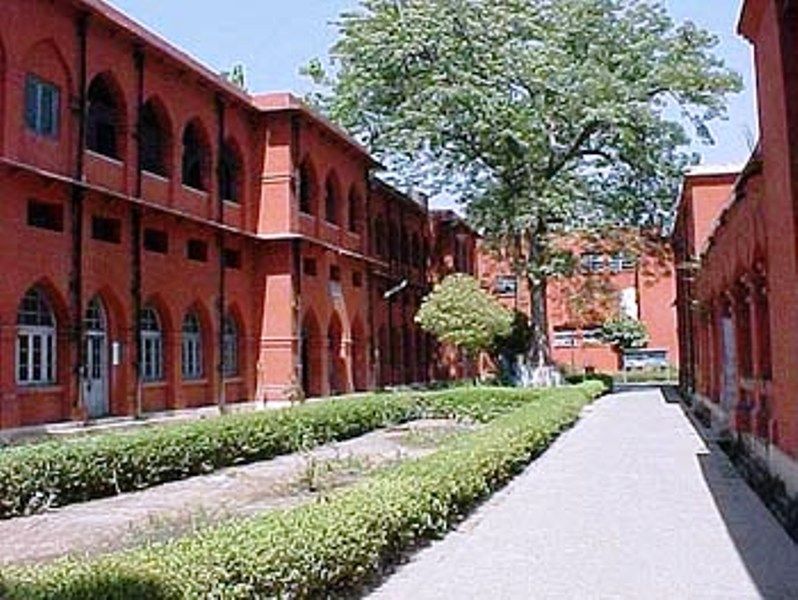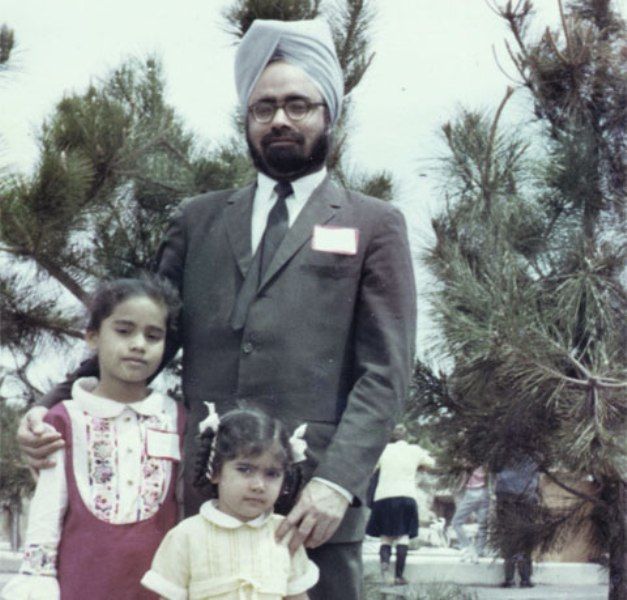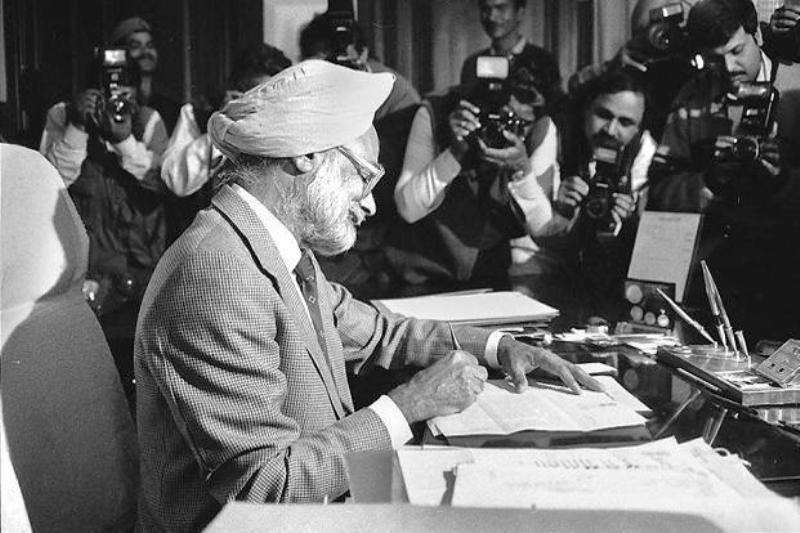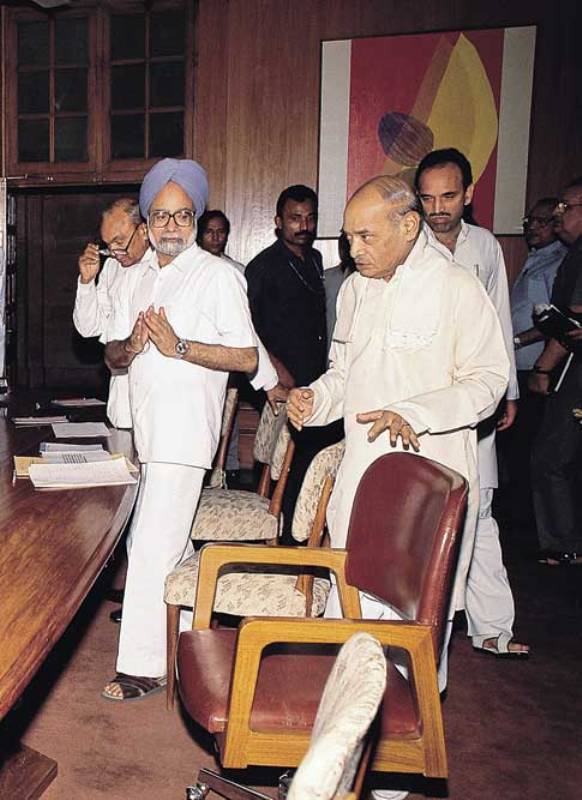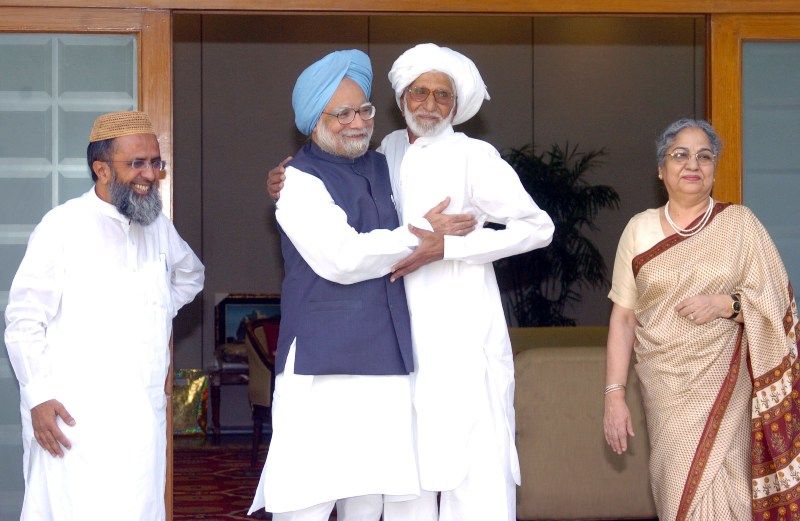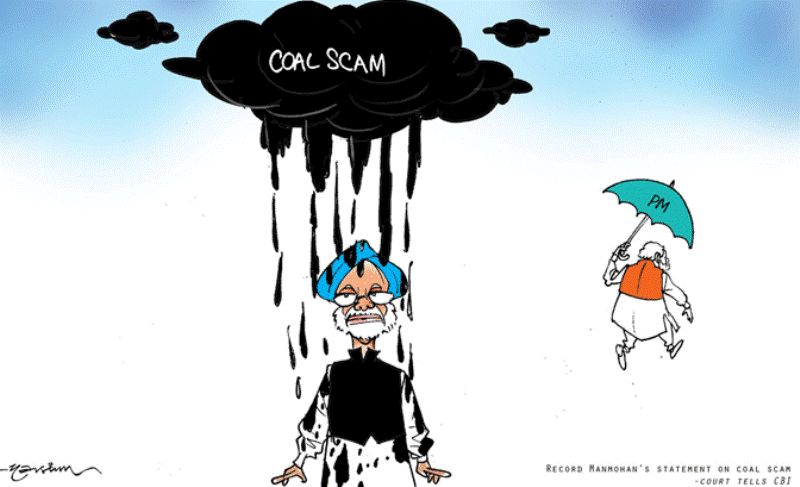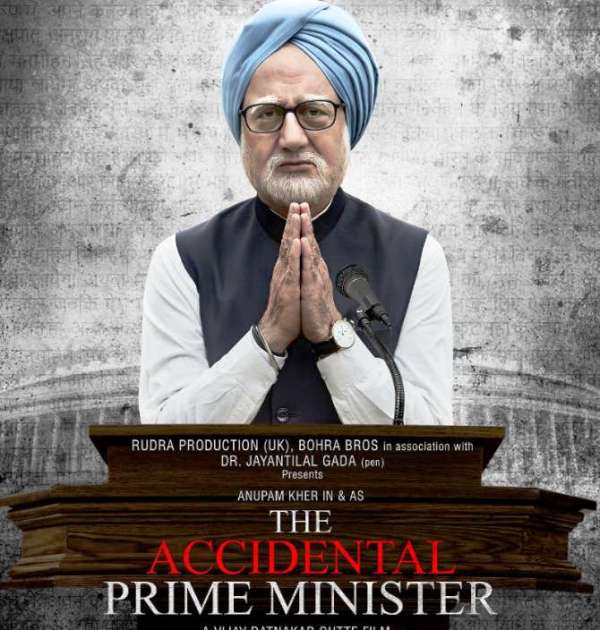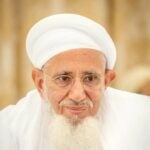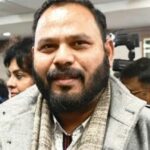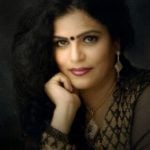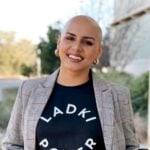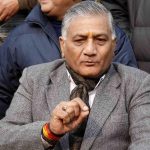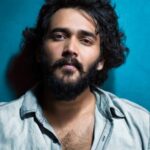Manmohan Singh Age, Death, Caste, Wife, Children, Family, Biography
Quick Info→
Age: 92 Years
Wife: Gursharan Kaur
Caste: Khatri (Kohli)
| Bio/Wiki | |
| Full Name | Manmohan Singh Kohli |
| Nickname | Mohan |
| Profession(s) | Economist, Bureaucrat, Politician |
| Physical Stats | |
| Height | 5’ 6” (168 cm) |
| Eye Colour | Black |
| Hair Colour | Grey |
| Economics | |
| Doctoral Advisor | Ian Malcolm David (I.M.D.) Little |
| Thesis | "India's export performance, 1951–1960, export prospects and policy implications" |
| Book | India’s Export Trends and Prospects for Self-Sustained Growth (1964)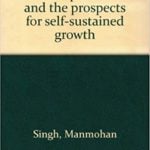 |
| Major Designation(s) | 1957-1959: Senior Lecturer in Economics, Panjab University 1959-1963: Reader in Economics, Panjab University 1963-1965: Professor of Economics, Panjab University 1966–1969: Worked for the United Nations Conference on Trade and Development (UNCTAD) 1969: Appointed as an advisor to the Ministry of Foreign Trade by Lalit Narayan Mishra 1969-1971: Professor of International Trade at the Delhi School of Economics, University of Delhi 1972-1974: Deputy for India on IMF Committee of Twenty on International Monetary Reform 1972-1976: Chief Economic Adviser in the Ministry of Finance November 1976 - April 1980: Secretary in the Finance Ministry, Member (Finance) of the Atomic Energy Commission, and Member (Finance) of the Space Commission 1976-1980: Alternate Governor for India, Board of Governors of IBRD 1976-1980: Alternate Governor for India, Board of Governors, Asian Development Bank 1976-1980: Director, Reserve Bank of India 1976-1980: Director, Industrial Development Bank of India 1976-1980/1980-1982: Associate, Meetings of IMF Interim Committee and Joint Fund-Bank Development Committee 1977-1979: Leader of the Indian Delegation at the Aid India Consortium Meetings 1980–1982: Member-Secretary of the Planning Commission 1980-1982: Leader of the Indian Delegation at Indo-Soviet Joint Planning Group Meeting 1980-1983: Chairman, India Committee of the Indo-Japan Joint Study Committee 1982-1985: Governor of the Reserve Bank of India 1982-1985: Alternate Governor for India, Board of Governors of the IMF 1982: Leader of the Indian Delegation to Indo-Soviet Monitoring Group Meeting 1983-1984: Member of the Economic Advisory Council to the Prime minister 1985-1987: Deputy Chairman of the Planning Commission 1987-1990: Secretary General of the South Commission, an independent economic policy think tank headquartered in Geneva, Switzerland 1990-1991: Advisor to Prime Minister of India on Economic Affairs during the tenure of V. P. Singh 1991: Chairman of the University Grants Commission 1991-1995: Governor of India on the Board of Governors of the IMF and the International Bank of Reconstruction & Development December 2000: Appointed as a member by the Secretary-General, United Nations, of a Group of eminent persons to advise him on Financing for Development |
| Awards, Honours, Achievements | 1952: Panjab University awarded him the University Medal for standing first in B.A. (Honors Economics) 1954: Panjab University awarded him the Uttar Chand Kapur Medal for standing first in M.A. (Economics) 1955: Awarded Wright’s Prize for distinguished performance, St. John’s College, Cambridge 1956: Adam Smith Prize by the University of Cambridge, UK 1957: Elected Wrenbury Scholar, University of Cambridge, U.K. 1976: Honourary Professor, Jawaharlal Nehru University, New Delhi 1982: Elected Honourary Fellow, St. John’s College, Cambridge 1982: Elected Honourary Fellow, Indian Institute of Bankers 1983: Panjab University awarded him Doctor of Letters 1985: Elected Honourary President, Indian Economic Association 1986: National Fellow, National Institute of Education, N.C.E.R.T. 1987: Padma Vibhushan by the Government of India 1993: Euromoney Award, Finance Minister of the Year 1993: Asiamoney Award, Finance Minister of the Year 1994: Asiamoney Award, Finance Minister of the Year 1994: Elected Distinguished Fellow, London School of Economics, Centre for Asia Economy, Politics and Society 1994: Elected Honourary Fellow, Nuffield College, University of Oxford 1994: Honourary Fellow, All India Management Association 1995: Jawaharlal Nehru Birth Centenary Award of the Indian Science Congress Association for 1994-95 1996: Honourary Professor, Delhi School of Economics, University of Delhi 1997: Lokmanya Tilak Award by the Tilak Smarak Trust, Pune 1997: Justice K.S. Hegde Foundation Award for the year 1996 1997: Nikkei Asia prize for Regional Growth by the Nihon Keizai Shimbun Inc 1999: H.H. Kanchi Sri Paramacharya Award for Excellence by The Centenarian Trust 1999: Honourary Fellow of the National Academy of Agricultural Sciences, New Delhi 2000: Annasaheb Chirmule Award by the Annasaheb Chirmule Trust 2002: Outstanding Parliamentarian Award by the Indian Parliamentary Group 2005: The University of Oxford awarded him an honourary Doctor of Civil Law degree 2005: Top 100 Influential People in the World by Time Magazine 2006: The University of Cambridge awarded him an honourary Doctor of Civil Law Degree 2009: Panjab University created a Dr. Manmohan Singh chair in their economics department Note: He received D.Litt. and D.Sc. degrees from Guru Nanak University, Delhi University, Sri Venkateswara University, University of Bologna, University of Mysore, Chaudhary Charan Singh Haryana Agricultural University, Kurukshetra University, Thapar Institute of Engineering & Technology, Nagarjuna University, Osmania University, University of Roorkee, University of Alberta, Edmonton, Dr. Bhimrao Ambedkar University, Indian School of Mines, and Pt. Ravishankar Shukla University. |
| Politics | |
| Political Party | Indian National Congress (INC)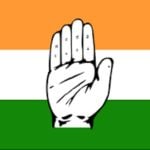 |
| Political Journey | 1991: Elected to the upper house of Parliament, the Rajya Sabha, from Assam for the first time June 1991 - May 1996: Served as the Finance Minister of India in the P. V. Narasimha Rao Government 1993: Leader of the Indian delegation to the Commonwealth Heads of Government Meeting, Cyprus 1993: Leader of the Indian government's delegation to the Human Rights World Conference, Vienna 1995: Re-elected to the Rajya Sabha from Assam 1996-1997: Served as the Chairman, Parliamentary Standing Committee on Commerce 1998-2004: Leader of the Opposition in the Rajya Sabha 1999: Contested for the Lok Sabha from South Delhi but lost to BJP's Vijay Kumar Malhotra by over 30,000 votes 2001: Elected to the Rajya Sabha from Assam for the third time 2004: On 22 May, became the 13th Prime Minister of India to the 14th Lok Sabha 2007: Elected to the Rajya Sabha from Assam for the fourth time 2009: On 22 May, elected the Prime Minister of India to the 15th Lok Sabha 2013: Elected to the Rajya Sabha from Assam for the fifth time 2014: On 17 May, resigned from the post of the Prime Minister of India; after Congress' loss in the 2014 Lok Sabha Elections 2019: Elected to the Rajya Sabha from Rajasthan |
| Personal Life | |
| Date of Birth | 26 September 1932 (Monday) |
| Birthplace | Gah, Chakwal, Punjab, British India (Now Punjab, Pakistan) |
| Date of Death | 26 December 2024 |
| Place of Death | AIIMS, New Delhi |
| Age (at the time of death) | 92 Years |
| Death Cause | Age-related medical issues |
| Zodiac sign | Libra |
| Signature | 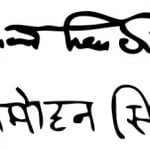 |
| Nationality | Indian |
| Hometown | Amritsar, Punjab, India |
| School | • A Village school in Gah, Peshawar (Name Not Known) • Khalsa High School for Boys, Peshawar, British India (now, Government high school no.1 Chakwal) • Panjab University (Class 10 & 12th) (First class in 10th & First Class with first position in 12th) |
| College/ University | • Hindu College, Amritsar • Government College, Panjab University, Hoshiarpur (now, in Chandigarh) • University of Cambridge, Cambridge, England • Nuffield College, Oxford University, England |
| Educational Qualification(s) | • B.A. (Hons.) in Economics from Government College, Panjab University, Hoshiarpur (now, in Chandigarh) in 1952 • M.A. in Economics from Government College, Panjab University, Hoshiarpur (now, in Chandigarh) in 1954 • Economic Tripos (First Class Honours) from University of Cambridge in 1957 • Doctorate in Philosophy from the Nuffield College, University of Oxford in 1960 |
| Religion | Sikhism |
| Caste | Khatri; Kohli (sub-caste; Kukrain) [1]Hindustan Times |
| Food Habit | Non-vegetarian Note: He prefers vegetarian food |
| Address | 9, Safdarjung Lane, New Delhi |
| Hobbies | Poetry, Reading, Writing, Listening to Music |
| Controversies | • In 1993, a parliamentary investigation report criticised his ministry for not being able to anticipate a US$1.8 billion securities scandal. [2]New York Times • During his a decade long tenure as the Prime Minister of India, the opposition often criticized him for being a "weak" Prime Minister. The Independent also criticized him under a headline- "Manmohan Singh – India's saviour or Sonia's poodle?" [3]Times of India • His image was tarnished during his second tenure as the Prime Minister of India (from 2009 to 2014) as the UPA Government was accused of various corruption scandals. [4]BBC • Mr. Singh also attracted controversies for his alleged inaction and indecisiveness in the 2G Spectrum Case and the Indian Coal Allocation Scam. |
| Relationships & More | |
| Marital Status (at the time of death) | Married |
| Marriage Date | 14 September 1958 |
| Family | |
| Wife/Spouse | Gursharan Kaur (Homemaker)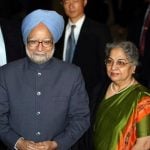 |
| Children | Son- None Daughter(s)- 3 • Amrit Singh (Human Rights Lawyer) 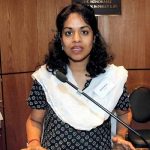 • Daman Singh (Writer) 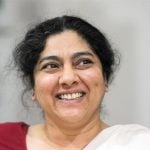 • Upinder Singh (Historian) 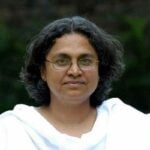 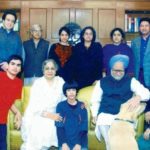 |
| Parents | Father- Gurmukh Singh (a Clerk) Mother- Amrit Kaur Step-mother- Sitawanti Kaur |
| Grandparents | Grandfather- Sant Singh Grandmother- Jamna Devi |
| Siblings | Brother- 1 (Name Not Known; died at a very young age) Half-Brother(s)- 3 • Surinder Singh Kohli (Politician) • Daljit Singh Kohli (Politician; joined BJP in 2014) 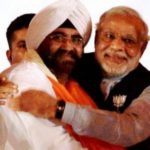 • Surjeet Singh Kohli (Politician) 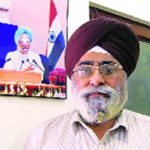 Sister- None Half-Sister(s)- 6 • Gobind Kaur • Pritam Kaur • Nirman Kaur • Narinder Kaur • Gyan Kaur • 1 More (Name Not Known) |
| Favourite Things | |
| Favourite Leader | Mahatma Gandhi |
| Favourite Poet | Iqbal |
| Favourite Colour | Grey |
| Favourite Food | Missi Roti, Vadiyaan, Pulao & Chhole |
| Style Quotient | |
| Car | Maruti 800 (1996 Model) |
| Money Factor | |
| Salary (as a Member of the Rajya Sabha) | ₹50,000/month + Other Allowances |
| Assets/Properties | • Two flats worth ₹7.27 crore- one in Chandigarh and another in New Delhi • 150.8 gm Gold Jewellery worth ₹3.45 lakh |
| Net Worth (approx.) | ₹11.6 crore (as in 2013) |
Some Lesser Known Facts About Manmohan Singh
- Dr Singh was born into a Sikh Family in a village named Gah in British India.
- After his birth, his parents had taken him to Panja Sahib, one of the most sacred of Sikh shrines, fifty kilometres from Rawalpindi. Following the custom, the priest opened the holy Guru Granth Sahib at random, the first word that appeared on the page began with “M,” and the baby was named “Manmohan.”
- He was raised by his paternal grandmother; as he lost his mother when he was very young.
- His father, Gurmukh Singh was a Clerk in a firm of commission agents that imported dry fruits from Afghanistan to supply across India.
- He was first admitted to a village school in Gah, Chakwal; where his roll no. was 187. The schoolmaster’s name was Daulat Ram.
- According to sources, Singh’s father mostly remained outside the town and would rarely visit Gah.
- After his primary schooling, Manmohan Singh had to move to Chakwal, a town in Pakistan, where he was admitted to Khalsa High School for Boys. It was there that his father showed up after a long time; who had remarried a while ago. He took Manmohan to live with his second family in Peshawar. Manmohan was not very happy with this. Manmohan Singh was 11 years old at that time.
- After moving to Peshawar, the fears that Manmohan Singh had about his new family were soon banished; as his stepmother, Sitawanti Kaur was very warm and affectionate to him, and soon, he developed a good rapport with her.
- In Peshawar, Manmohan was admitted to the Khalsa High School for Boys, where he started taking part in debate competitions. Although he wasn’t good at athletics, he loved to play hockey and football.
- In 1945, he topped his school in class 8th examination, and it was then that Mr. Singh’s academic brilliance was acknowledged for the first time.
- The following year, i.e., in 1946, he quit history, geography, and civics; opting instead for chemistry, physics, and physiology.
- In 1946, his family moved into its own home in Guru Nanak Pura in Peshawar; after living in rented accommodation for several years.
- The young Manmohan was very fond of exploring the city and would explore Peshawar on foot, by bicycle, or by Tonga.
- After the end of World War II on 14 August 1945, sweets were being distributed at Khalsa High School for Boys, to which, Manmohan had protested on the pretext that even though it was a victory over Fascism but Britain was yet to release India from bondage.
- By the age of 13, Manmohan Singh had developed a knack for politics.
- After the Partition of India, Mr. Singh’s family migrated from Peshawar to Amritsar, where he attended the Hindu College.
- Thereafter, he went on to attend Panjab University (then in Hoshiarpur) to pursue his graduation and post-graduation in Economics.
- Throughout his academic life, Mr. Singh was a brilliant student.
- In 1958, Manmohan Singh underwent an arranged marriage with Gursharan Kaur. The couple has three daughters. In an interview, Gursharan Kaur revealed that the first thing that Manmohan Singh had asked her was about her division in her graduation, to which, she had replied- “second division.”
- In 1975, he attended the Commonwealth Prime Ministers Meeting in Kingston.
- He had also attended several international meetings as a member of the delegation from India. Some of these were the Cancun Summit on North-South Issues (1981) and the South-South Consultation in New Delhi (1982).
- He was directly elected as the finance minister of India by then Prime Minister P.V. Narasimha Rao with no political experience under his belt. He played quite a vital role as the Finance Minister by pushing the nation towards a Market Economy after it suffered an economic crisis in 1991. It was the time when India could afford just 2 weeks of import; because the foreign reserves were just $1 Billion. For that, he freed the Indian Economy from Licence Raj, a source of slow economic growth and corruption in India.
- It was P. V. Narasimha Rao, who brought Manmohan Singh into active politics by making him a Rajya Sabha Member from Assam.
- He had been representing Assam in the Rajya Sabha since 1991, which goes to a record five consecutive terms.
- Singh was the first Prime Minister of India since Pandit Jawahar Lal Nehru to be re-elected after a full five-year term. He also became the first Sikh Prime Minister of India in May 2004.
- It was a surprise to his wife, Gursharan Kaur, when Mr, Singh’s name was chosen for the post of the Prime Minister of India in 2004.
- She revealed in an interview that for his swearing-in ceremony, Manmohan Singh wore his regular clothes and didn’t go for any special clothes, such as the traditional ‘sherwani.’
- India, in 2007, under the Prime Ministership of Manmohan Singh, achieved its highest Gross Domestic Product (GDP) growth rate of 9% and became the second fastest-growing economy in the world.
- Singh was known to keep his friendships always vital, and even after becoming the Prime Minister of India, he received his childhood friend, Raja Mohammad Ali, who had come from Pakistan to meet Manmohan Singh in 2008.
- Sales Tax was replaced by the Value Added Tax (VAT) in 2005 by the Manmohan Singh Government.
- After the 2008 Mumbai Terror Attacks, the need for a central agency to combat terrorism was realized. Manmohan Singh’s Government then created the National Investigation Agency (NIA) in 2009.
- Forbes ranked him #18 on the list of the world’s most powerful people in 2010. The magazine also described him as “Universally praised India’s Prime Minister since Nehru.”
- His public image was tarnished because of several corruption allegations since the start of his second term as the Prime Minister of India in 2009. The opposition demanded his resignation over his alleged indecisiveness in the Indian Coal Allocation Scam and 2G Spectrum Scam.
- In 2016, Singh took up as the Jawaharlal Nehru Chair at Panjab University, Chandigarh.
- Singh had some serious health issues and had undergone multiple cardiac bypass surgeries; the last was in January 2009.
- In 2019, a film titled “The Accidental Prime Minister” was released, which was allegedly based on the life of Manmohan Singh, in which Anupam Kher appeared as Manmohan Singh and Akshaye Khanna as Sanjaya Baru. The film is based on a book having the same title; written by Sanjaya Baru. The film attracted controversy; soon after the launch of its official trailer.
- On 26 December 2024, Singh was rushed to AIIMS, New Delhi, after he lost consciousness at home. After he arrived at the hospital, doctors tried to revive him; however, the revival failed and he was declared dead at 9.51 pm.
References/Sources:

